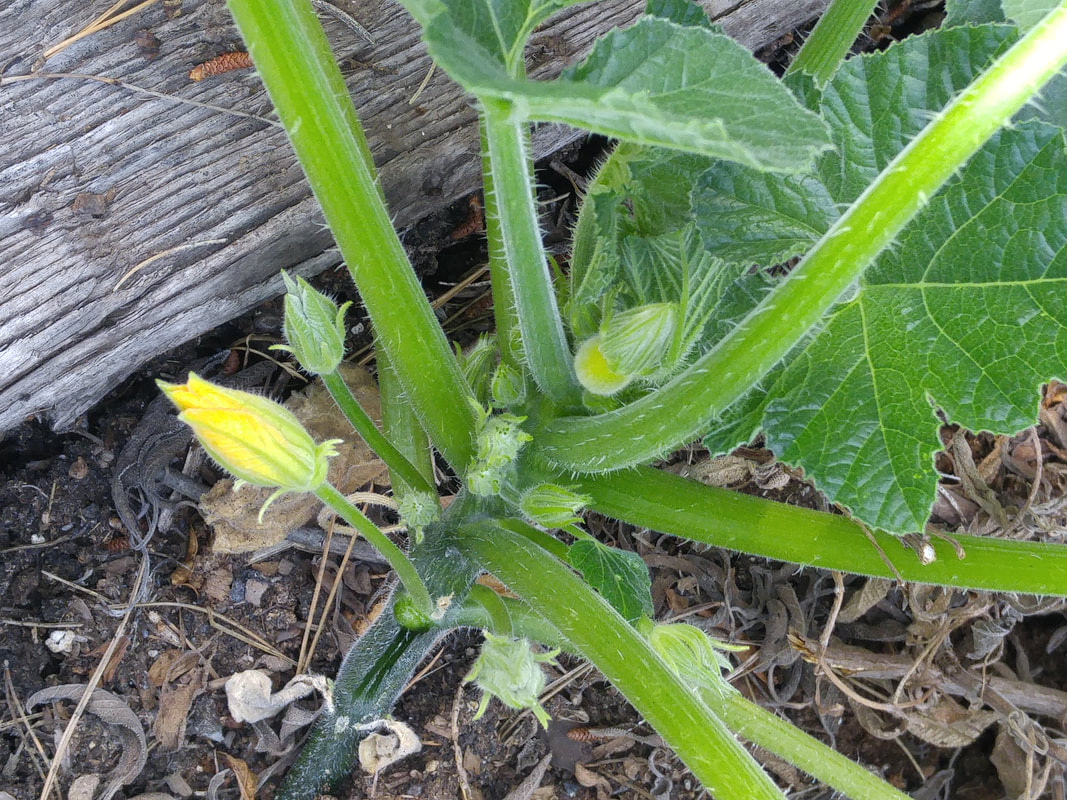 Second seeding of yellow squash - sown when the first batch started bearing fruit. Third seeding will be made now that this second one is setting fruit. This reseeding technique means that I'll be eating succulent "baby" squash from successive sowings all the way through the summer into the fall. The blossoms that have the long stems (on the left) are the male flowers, that usually come first. The blossoms that have shorter stems and a swelling underneath the blossom (on the right and bottom) are the females. If the females don't get pollinated, they'll shrivel up and die. 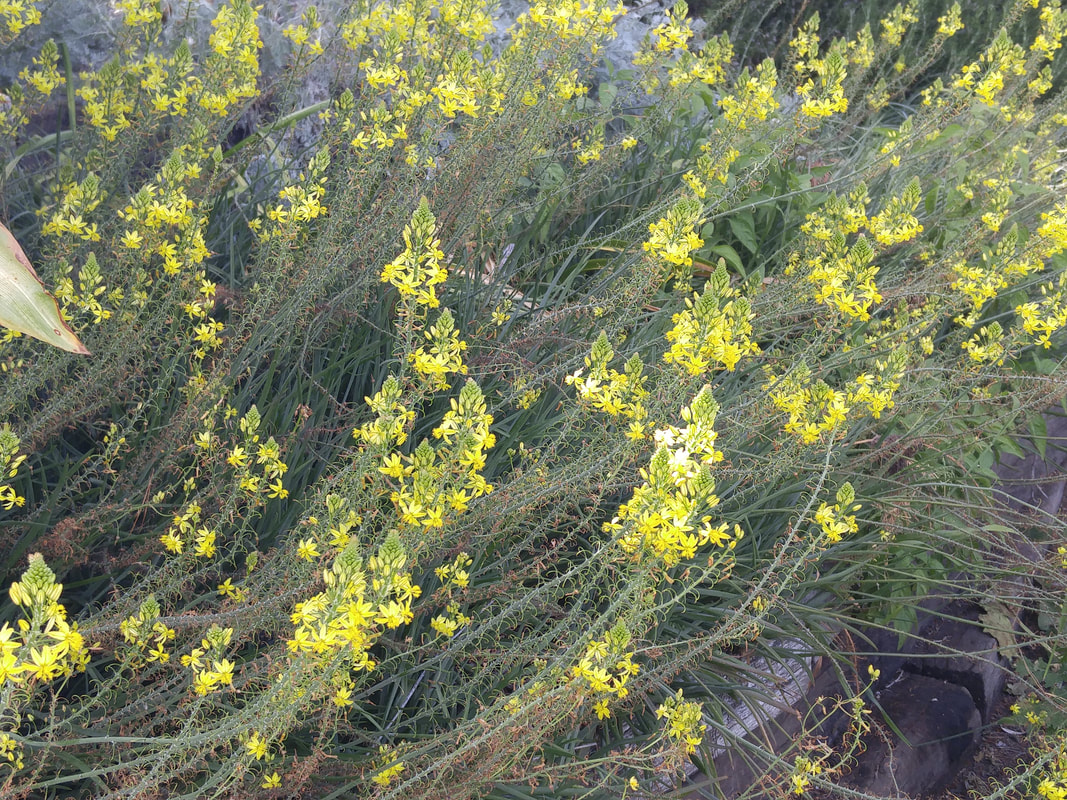 Bulbine blooms from February through December, starting at the bottom of their stalks and continuing to grow and bloom for the rest of the spring, summer and fall. Its succulent shoots are easily broken off and replanted, making a groundcover that continues growing in one direction similar to bearded iris. 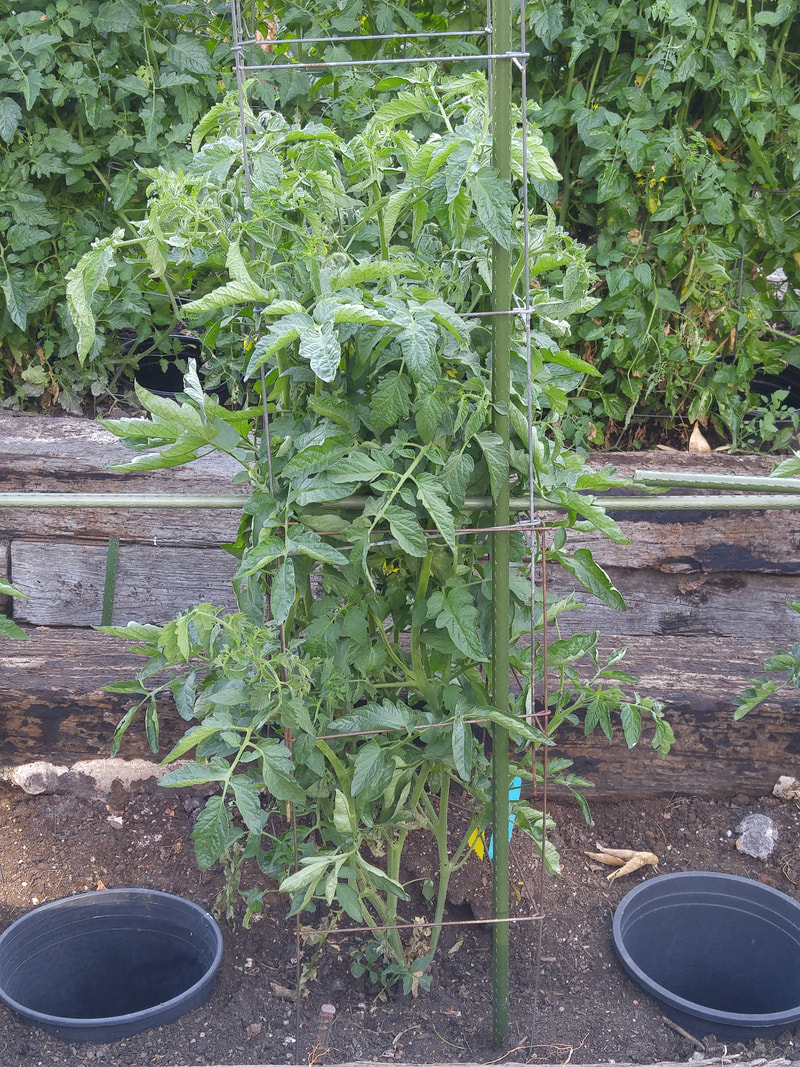 Chocolate Stripes tomato. I let my tomato plants keep their blossoms when the foliage reaches the second tier of the cage, indicating that the root system was well-developed. The buried 5-gallon nursery containers between each plant are filled with water along with the soil basin beneath each plant, making sure that the entire root zone is kept evenly moist. 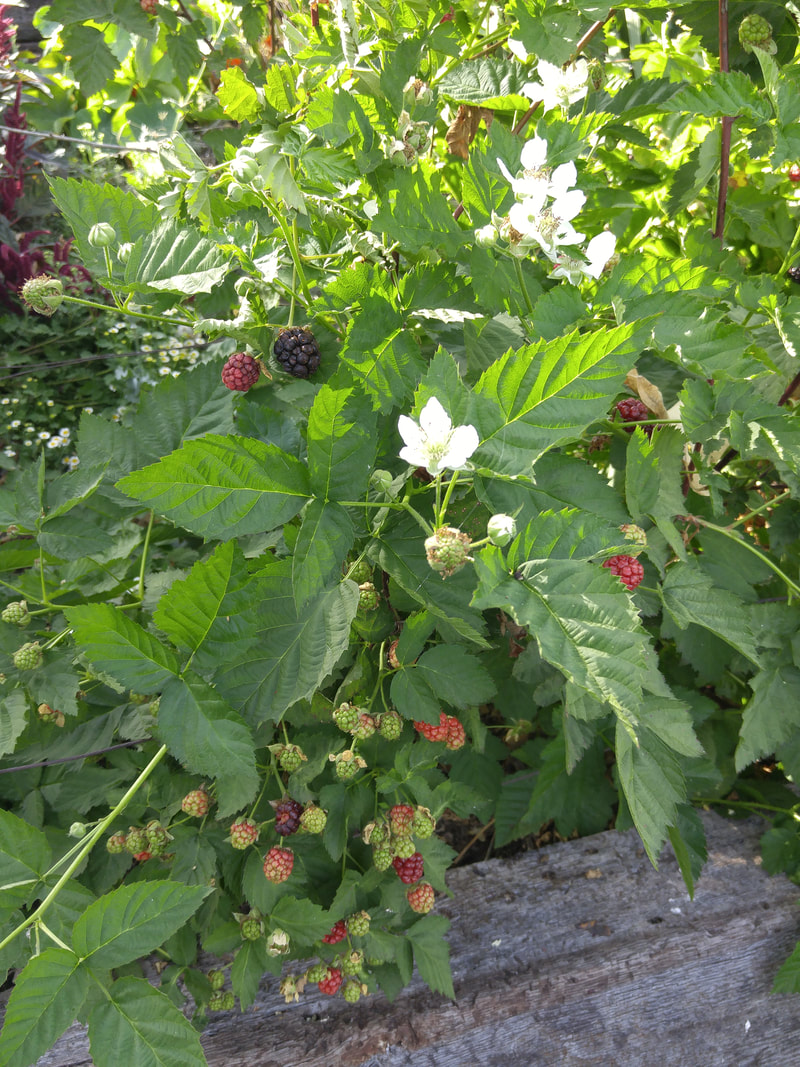 Thornless boysenberry blooms, fruit set, and ripening fruit. Let berries get fully black (not just dark purple), dull rather than shiny, with the green calyx "hat" at the top of the berry turning brown, and the berry literally falling into the palm of your hand when you "tickle" it from underneath. If you have to tug at the berry, it's not ripe yet. 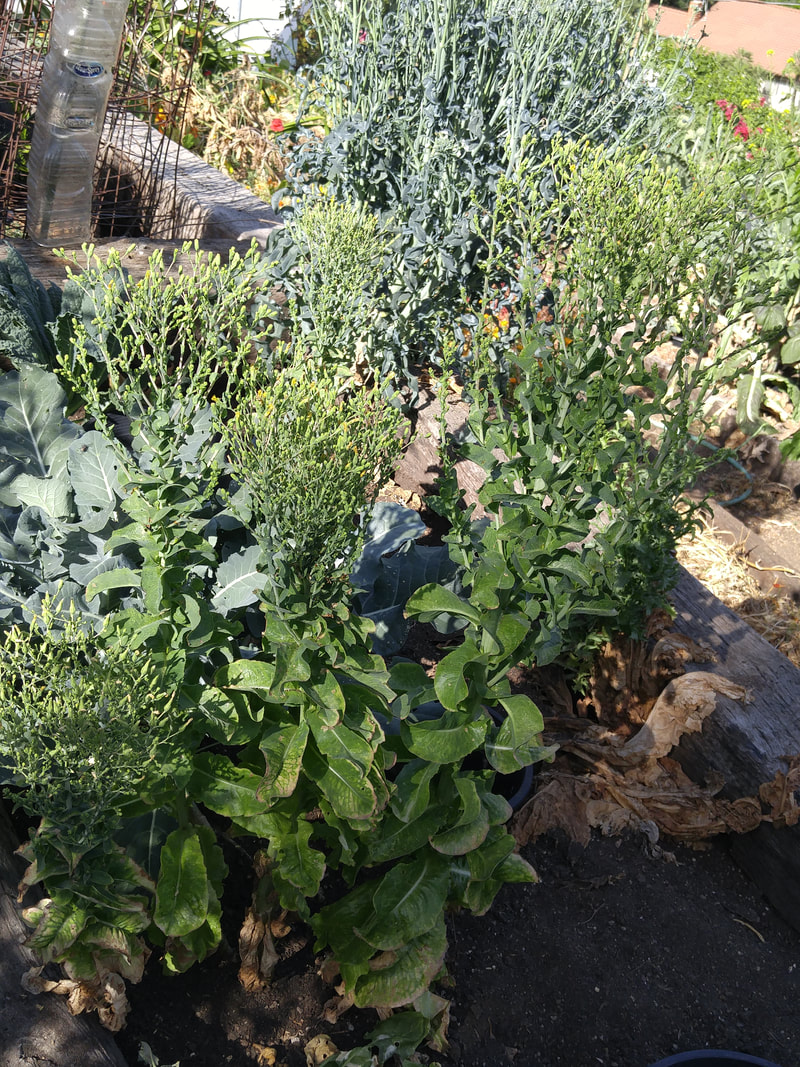 Lettuce beginning to blossom. When more than half of the tiny flowers have dried, cover the entire plant with a big paper bag, and tie the bottom shut. The seeds will form and dry but not scatter since you've corralled them in the bag. When you can easily snap off the stem at its base, it's fully dry and can be stashed under a bed or other dry place until you're ready to sow in the fall. If the stem wobbles, it's not completely crispy dry, so wait another two or three weeks before trying again. | With our blissfully pleasant temperatures in the 70s and 80s for months on end, we can easily fall victim to assuming these ideal conditions will continue and our garden plants will be just as happy as we gardeners are. But, given that we’re moving toward the end of May, our summer’s heat will shortly be upon us. Unless we change our activities to match the plants’ upcoming needs, now-happy plants will become stressed-out plants. And we gardeners will be disappointed in not getting the vegetables and flowers that we'd planned on. The critical elements to accomplish now for summer success include planting, fertilizing, watering, and mulching. Planting Make your choices and get them into the ground or containers by the end of this month. They’ll need several weeks to get acclimated to their new homes and environment as they begin to make new roots to establish themselves, so hopefully blasts of summer heat will wait until the later part of June. Three planting tricks will help plants get established more quickly:
Fertilizing For tomatoes and other vegetable and berry plants that are starting to bloom, water in a timed-release fertilizer to provide nutrition for the extra-hard work the plant will have to accomplish over the next several months of blossoming and setting and maturing fruits. Ornamental plants appreciate the extra nutrition as well. Watering Water deeply and less frequently to assure that the water sinks down to below the plants’ rootzones to keep them well-hydrated during our blasts of summer heat. A stick or shovel inserted the day after watering will alert you to how deeply the water actually went – so you can adjust the length of time you water to make sure it goes deeply enough each time you water. Depth guidelines depend on the genetics of the vegetable you’re growing. For summer vegetables, these are:
Mulching Organic mulch provides five benefits to the garden by providing shade:
For more tasks and opportunities, see May Monthly Tips |
|
2 Comments
5/18/2020 03:44:36 pm
Very helpful article, as summer starts and temperatures slowly go up. Thanks for sharing. Fortunately for us, we had rains recently, and seems still in upcoming days/weeks. Godbless.
Reply
Yvonne Savio
5/18/2020 08:31:17 pm
Glad to be of help! Wasn't this rain wonderful!
Reply
Leave a Reply. |
Categories |
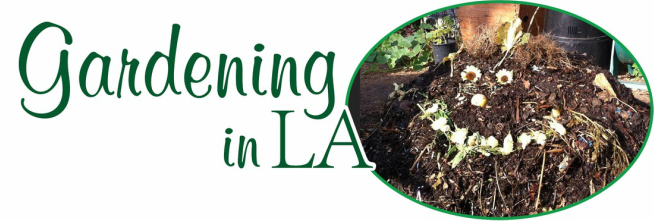

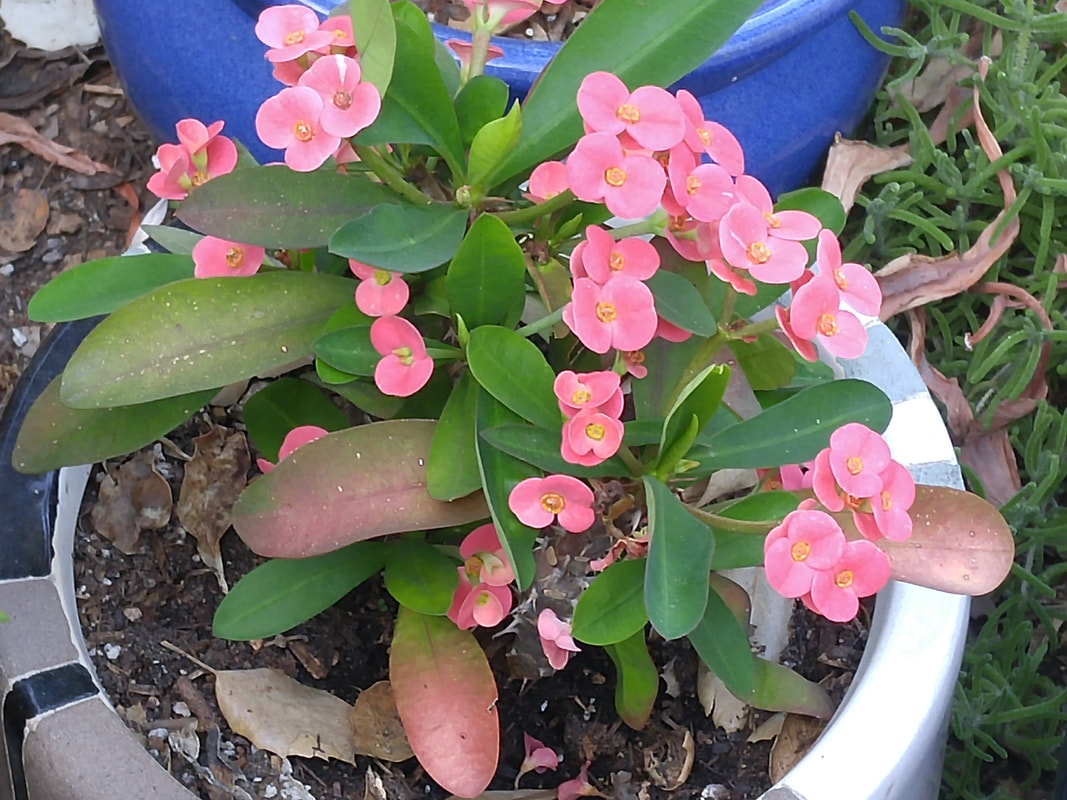
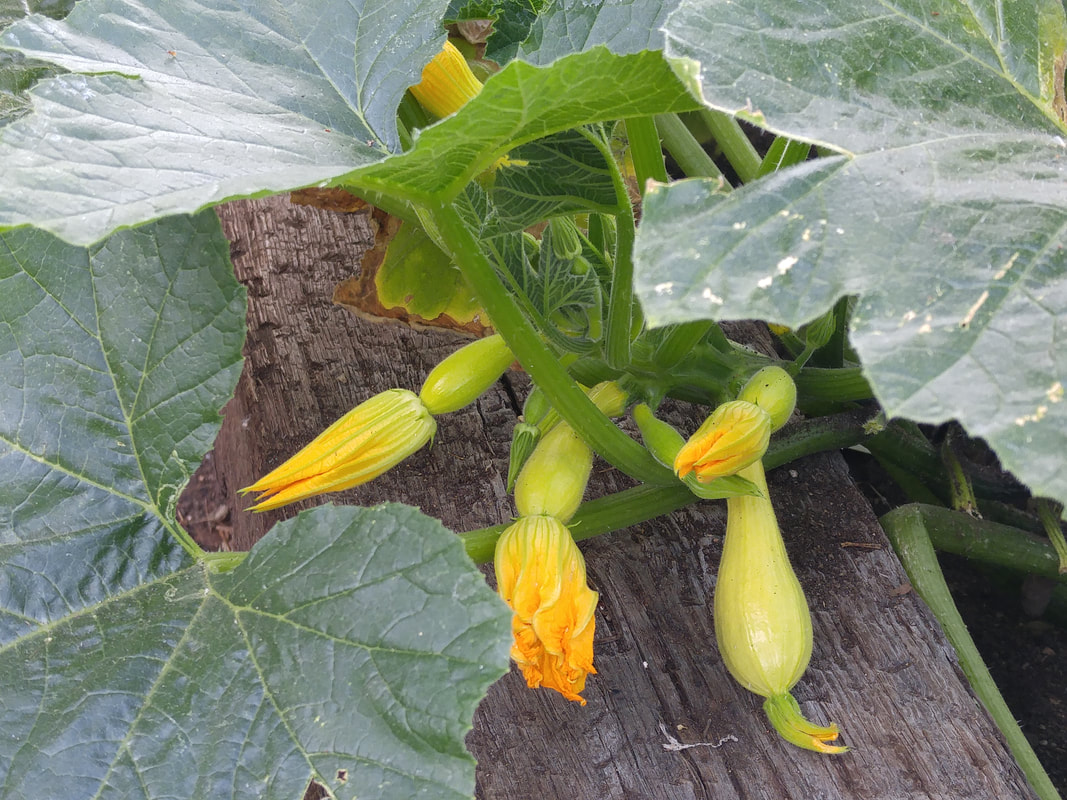
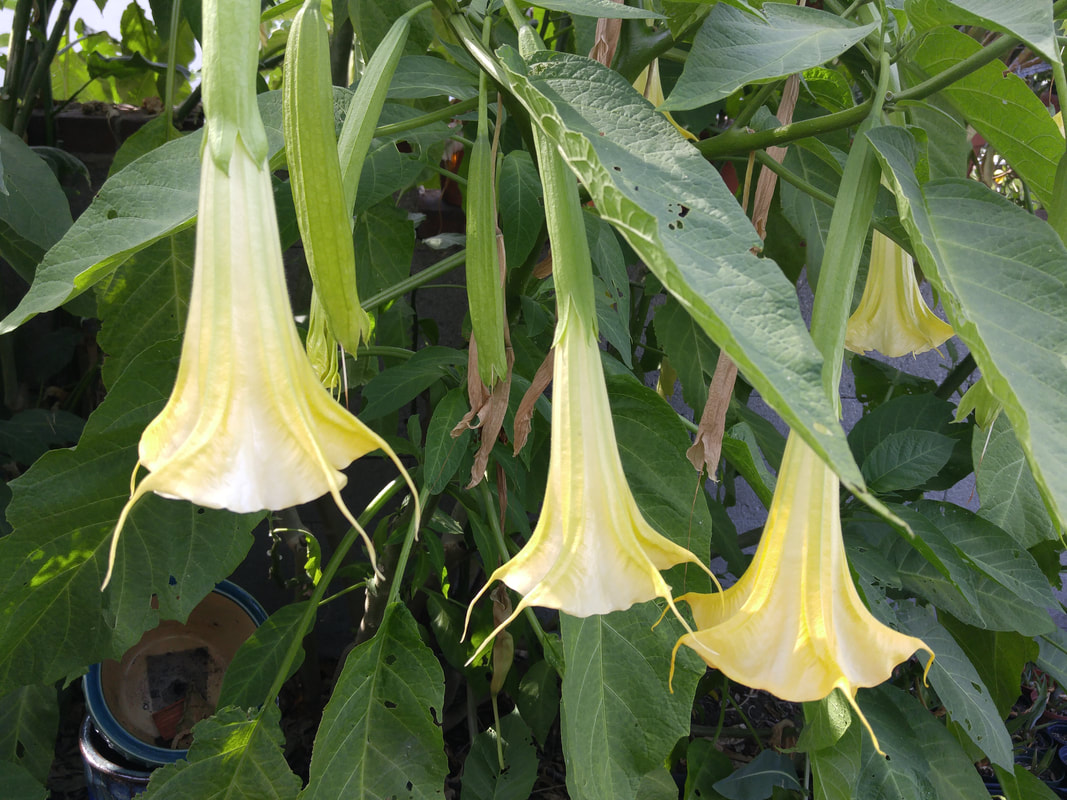
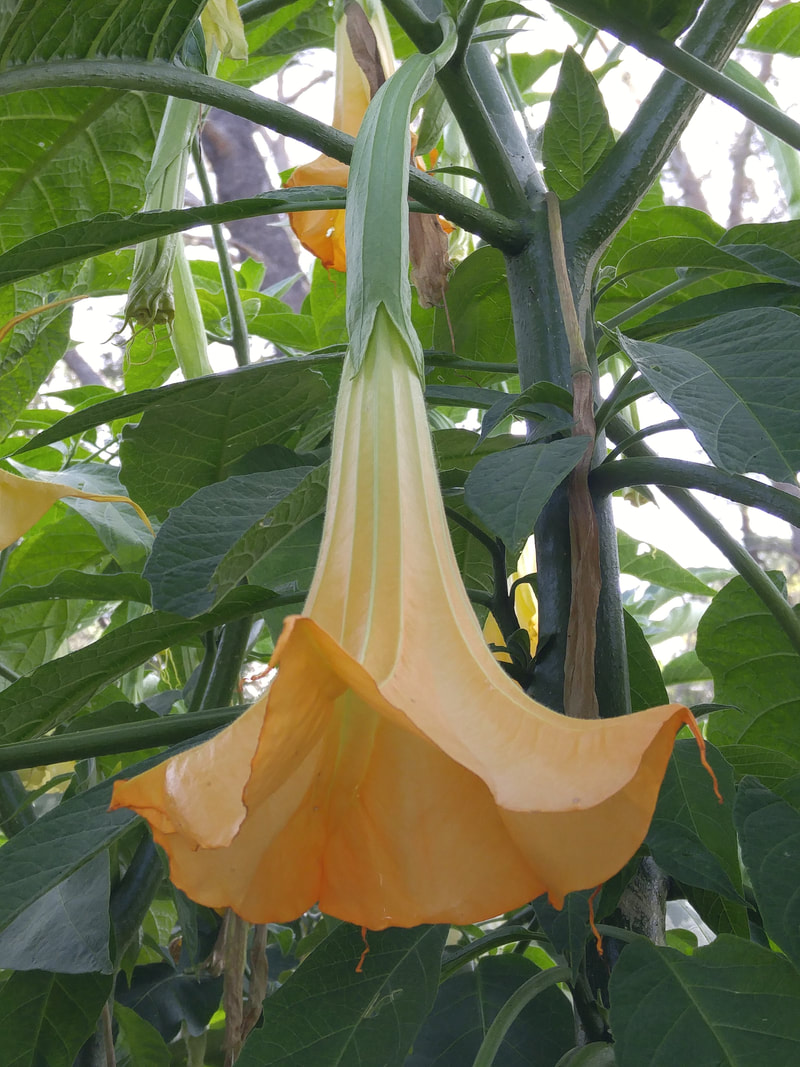
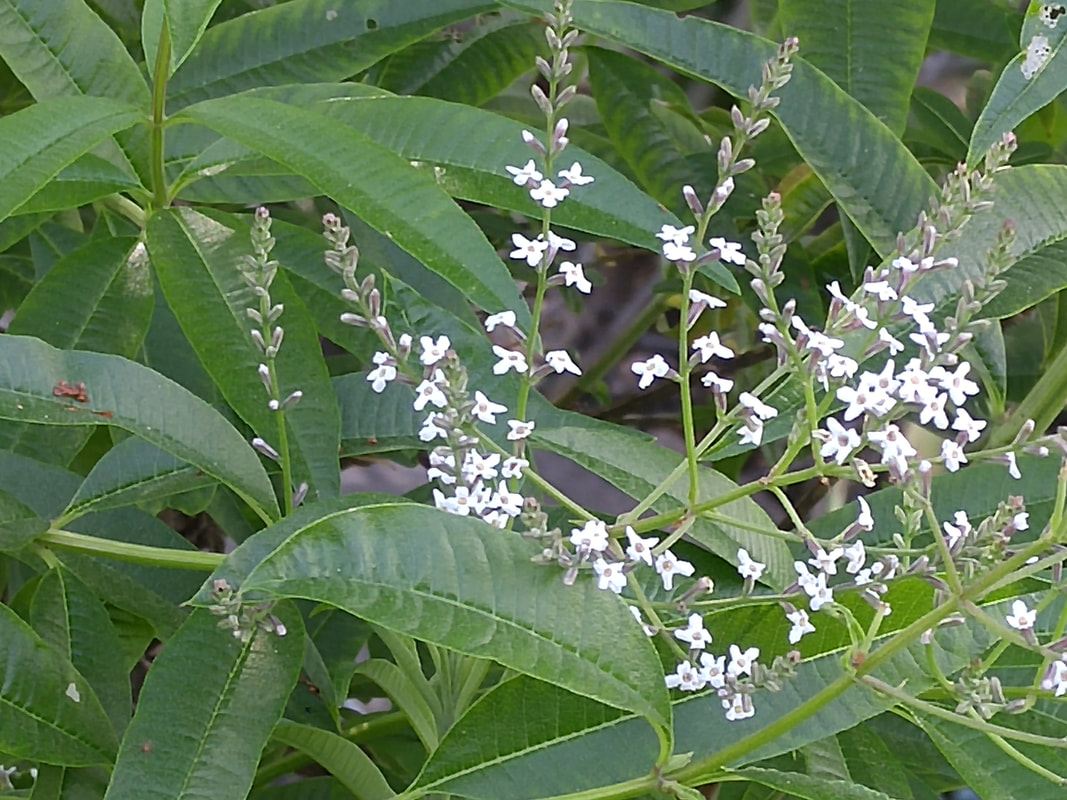
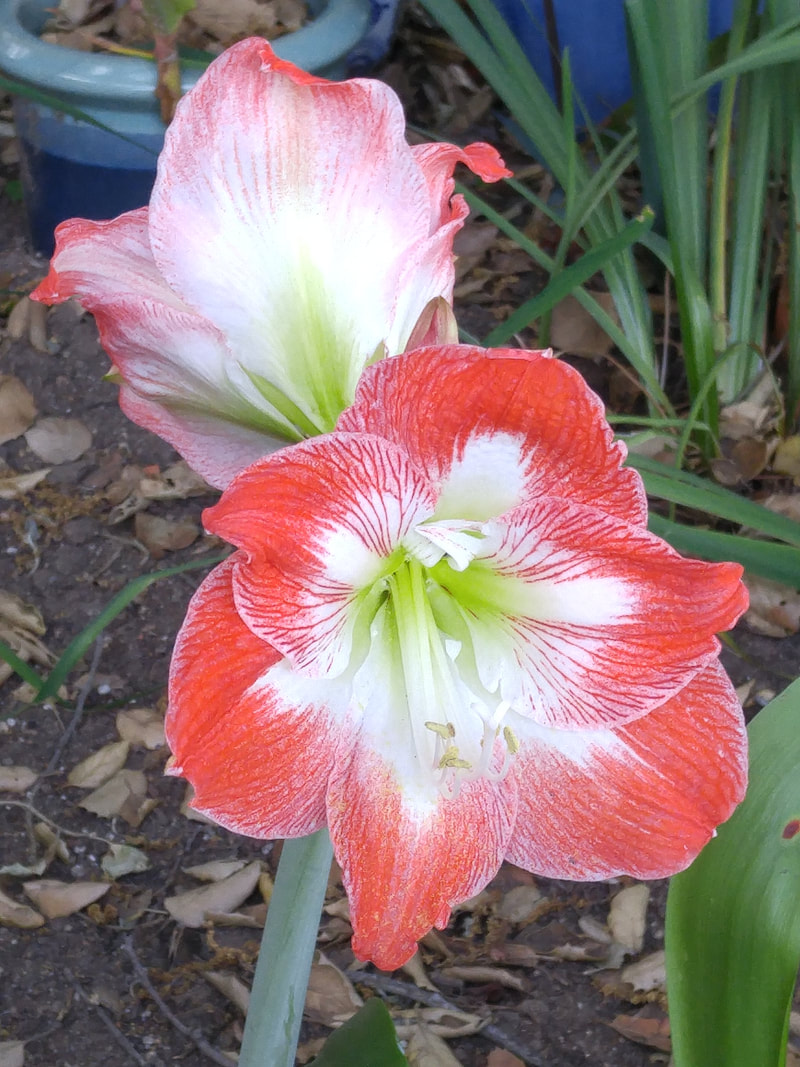
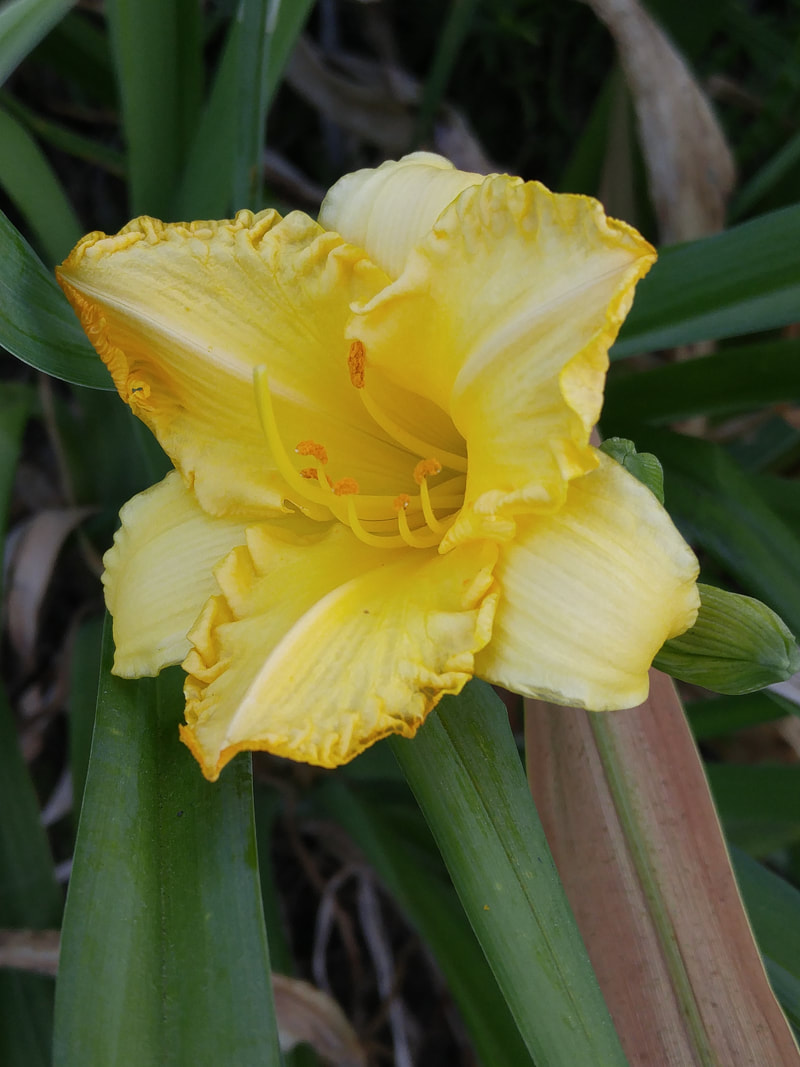
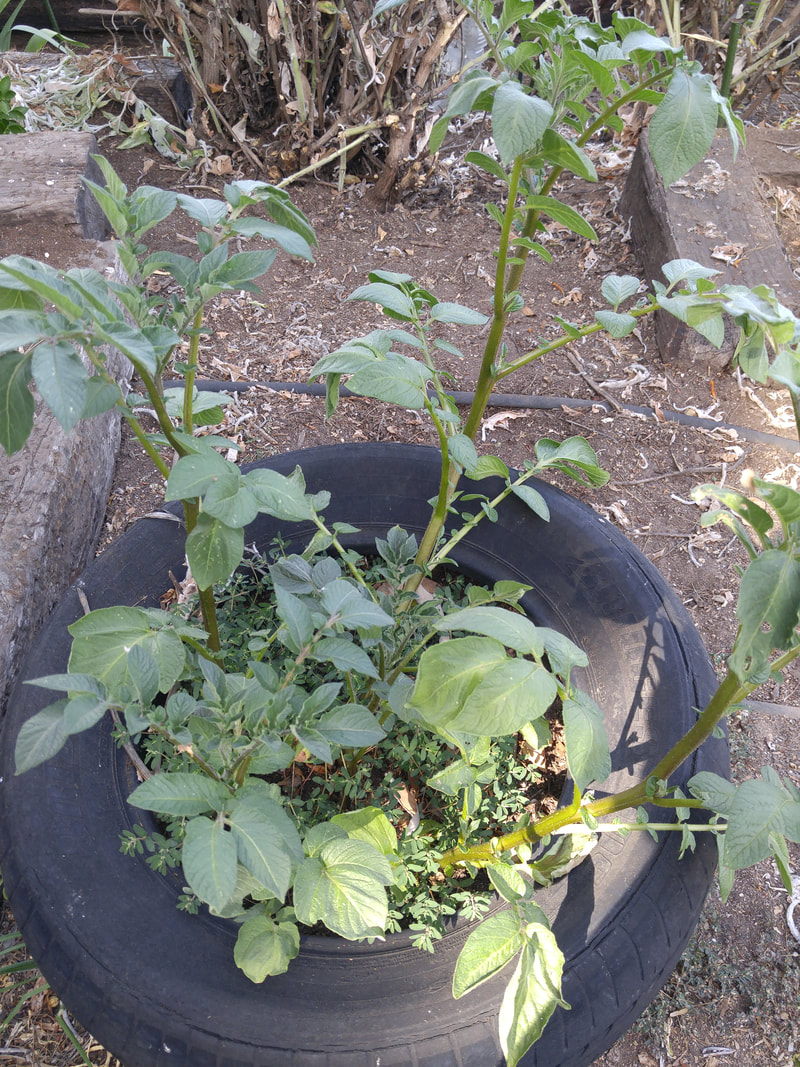

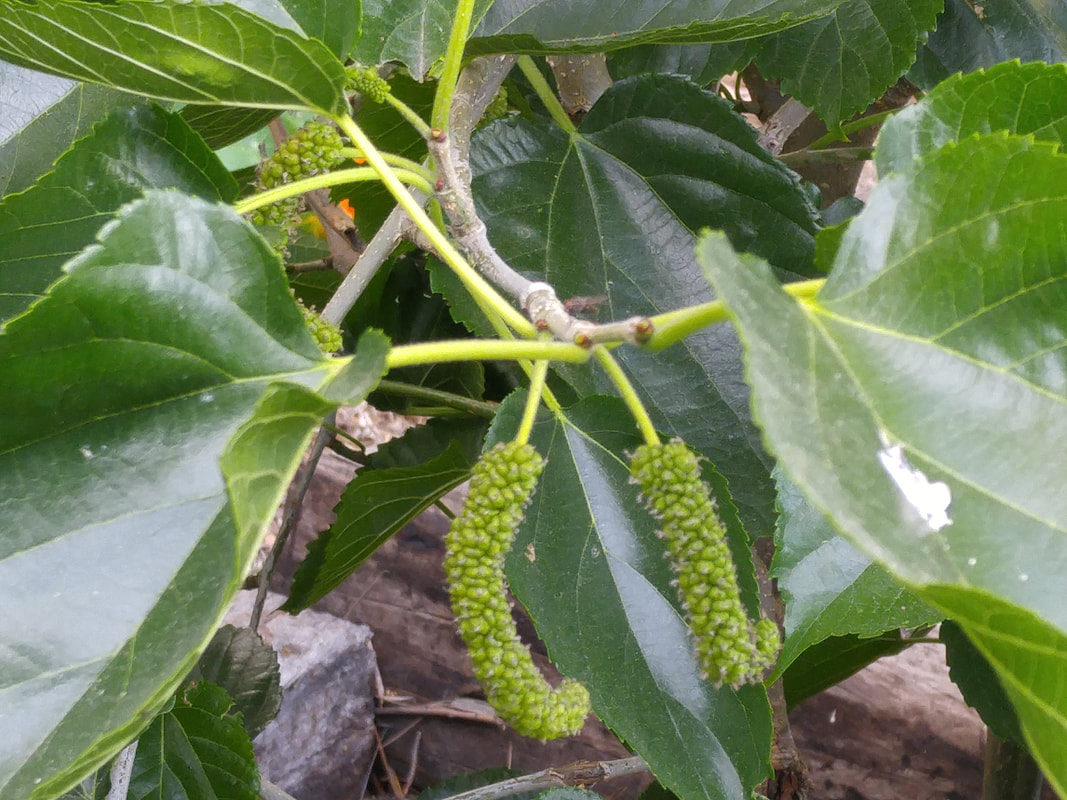
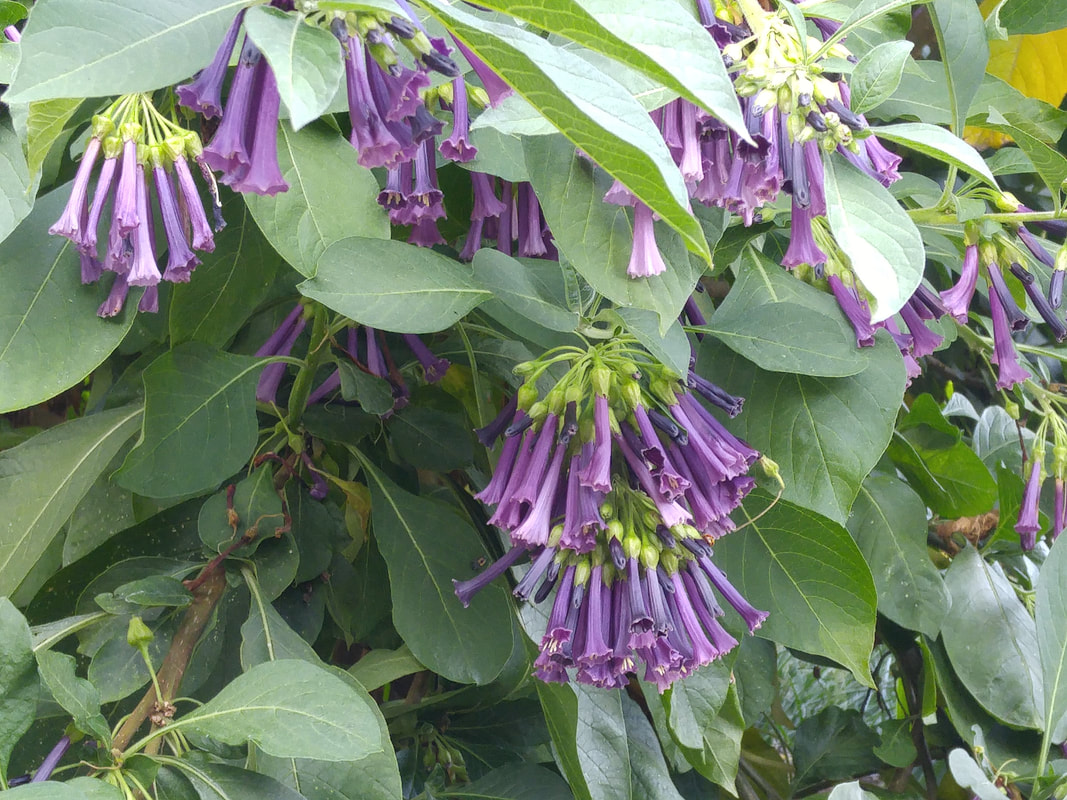
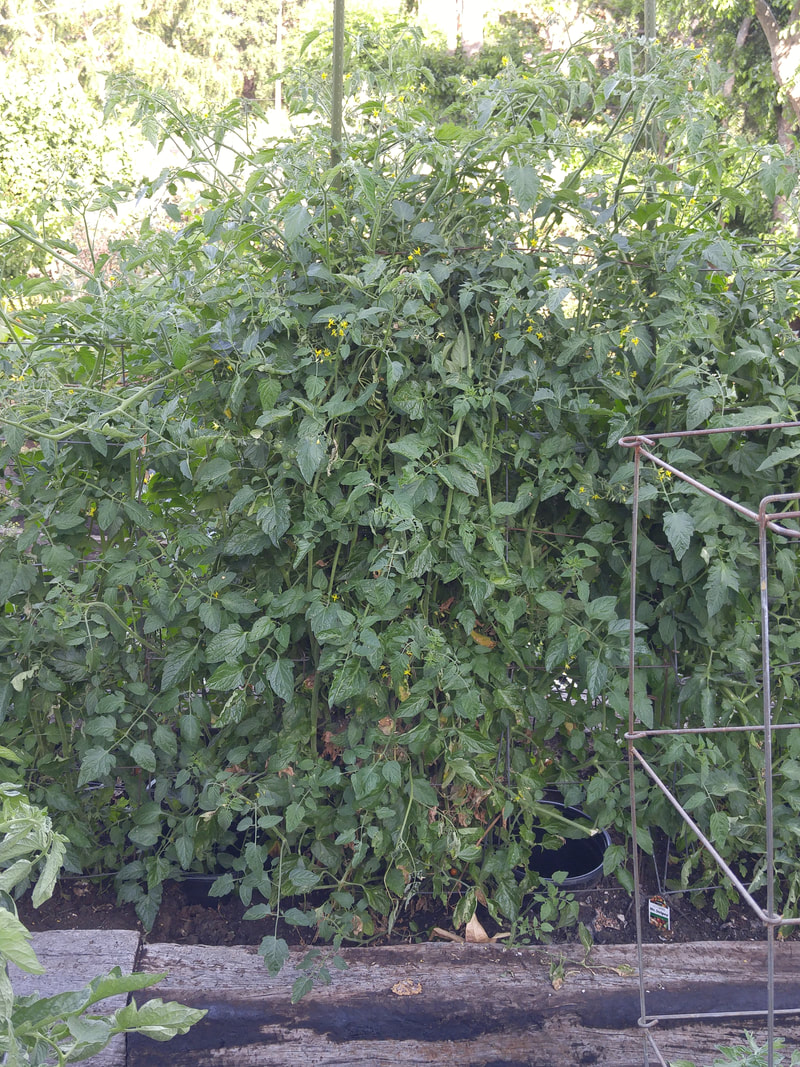
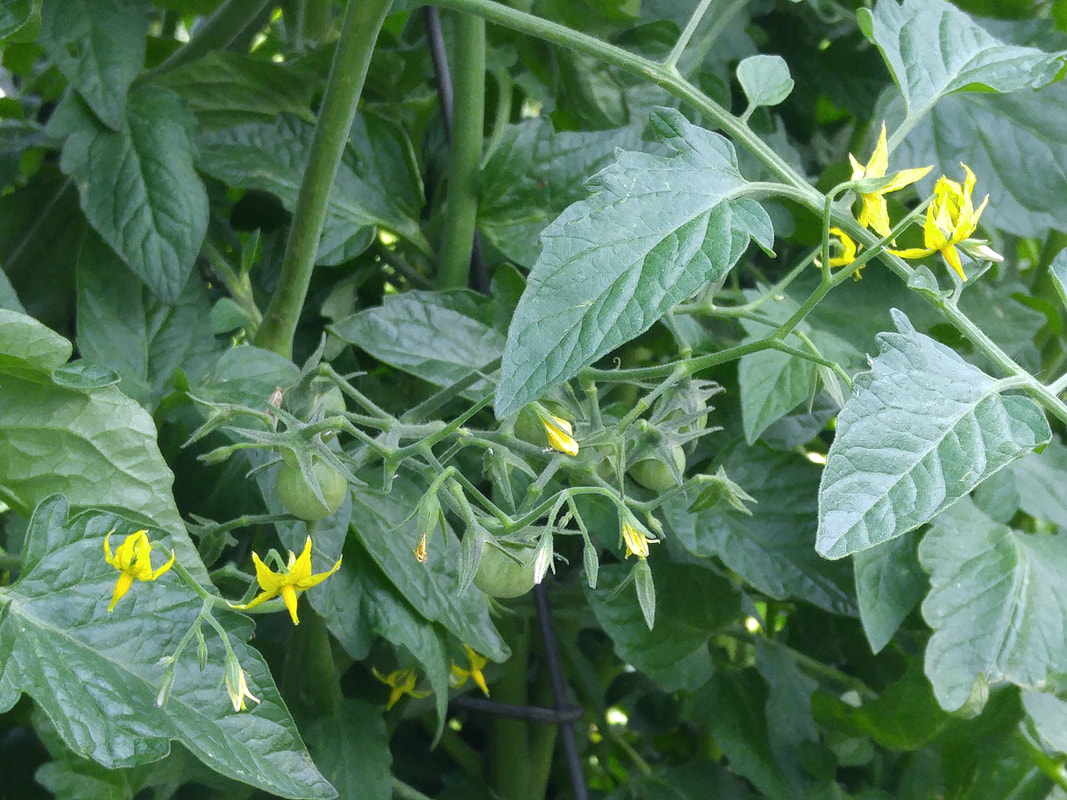
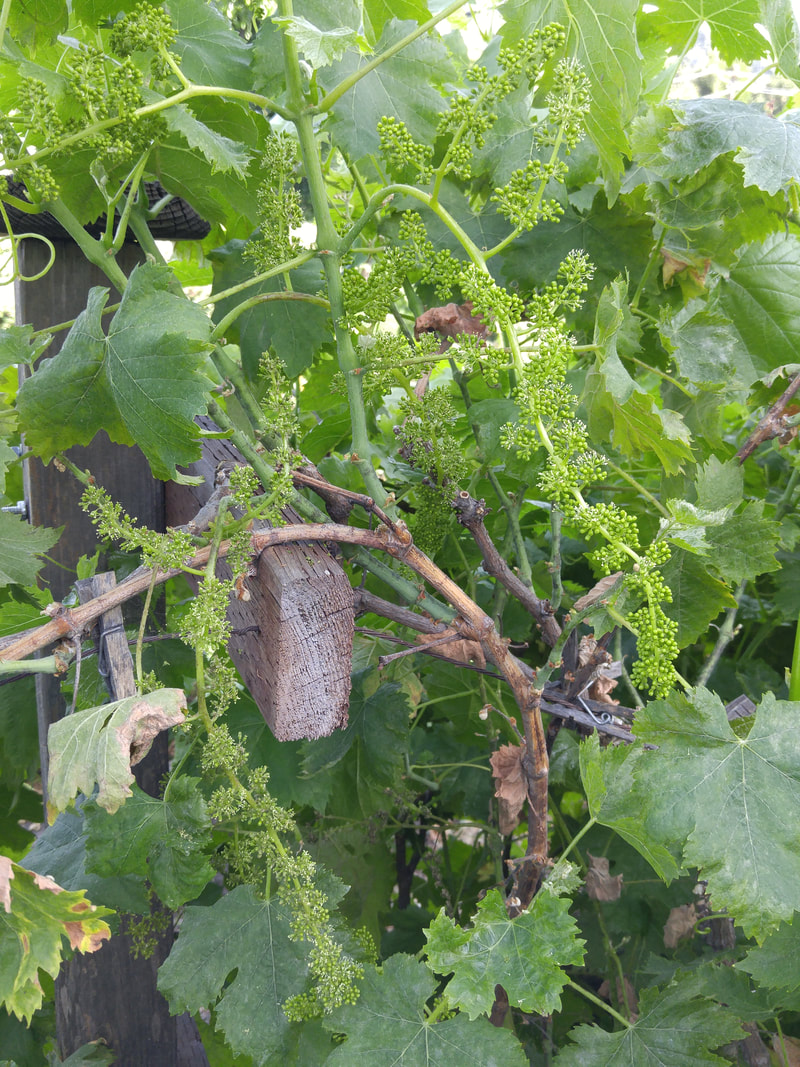
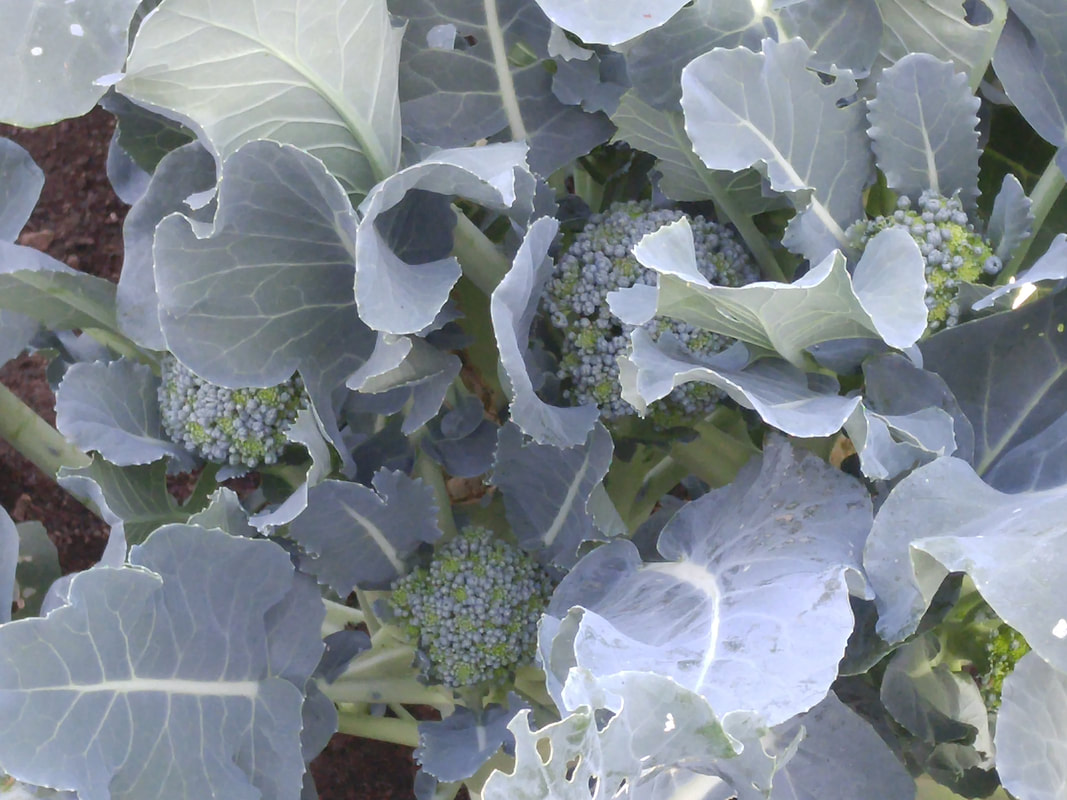
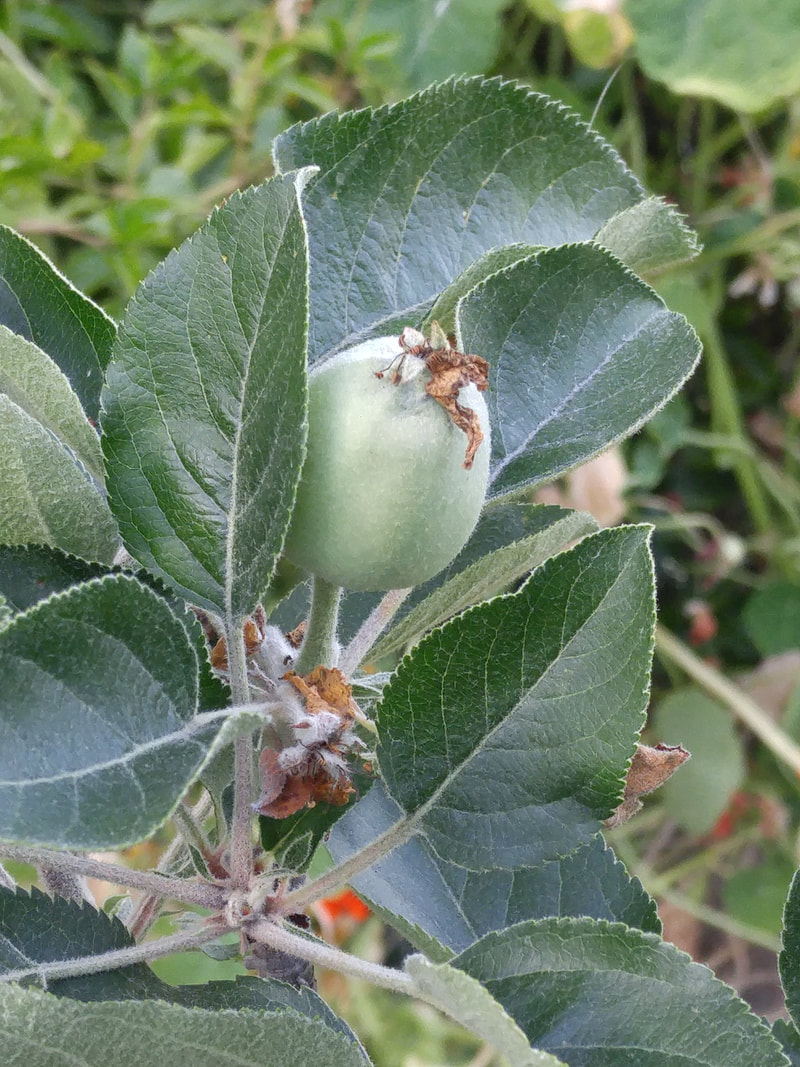
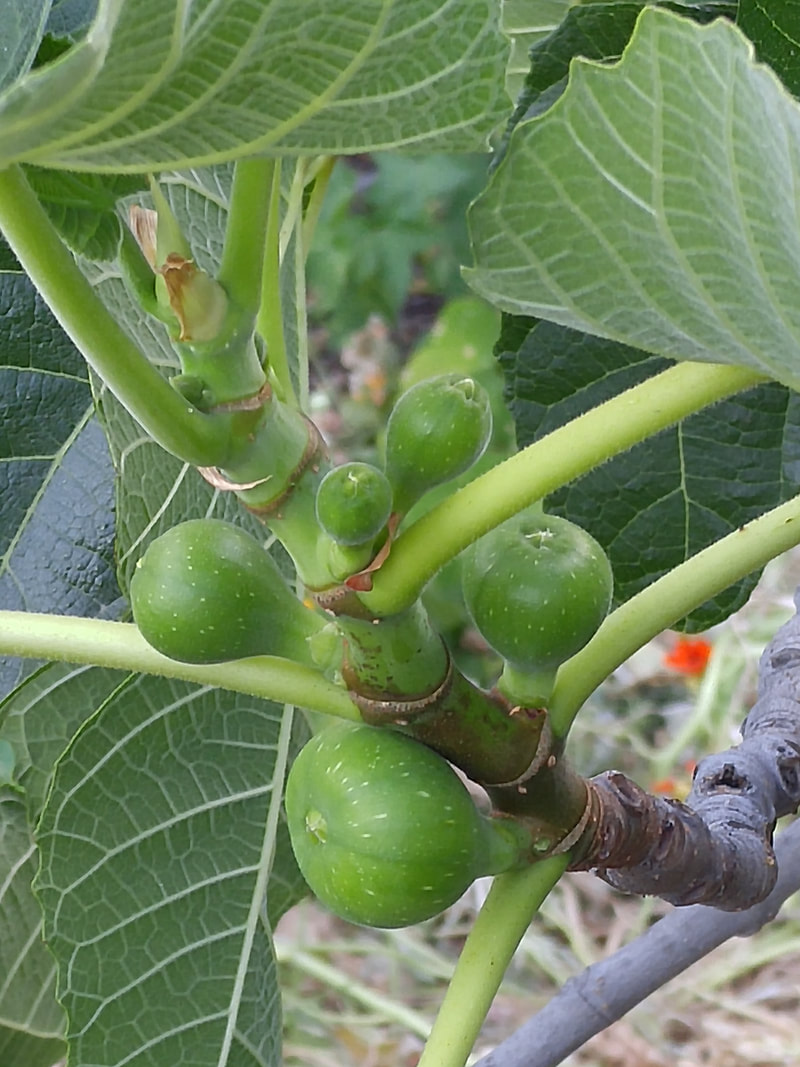
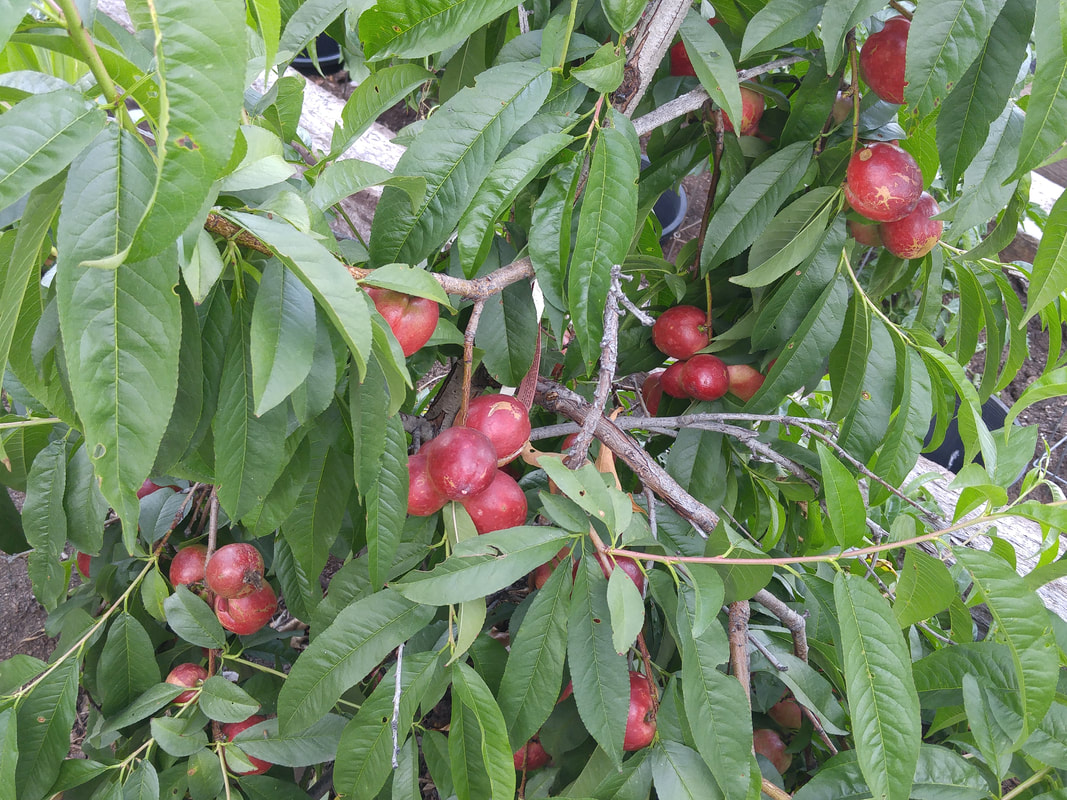
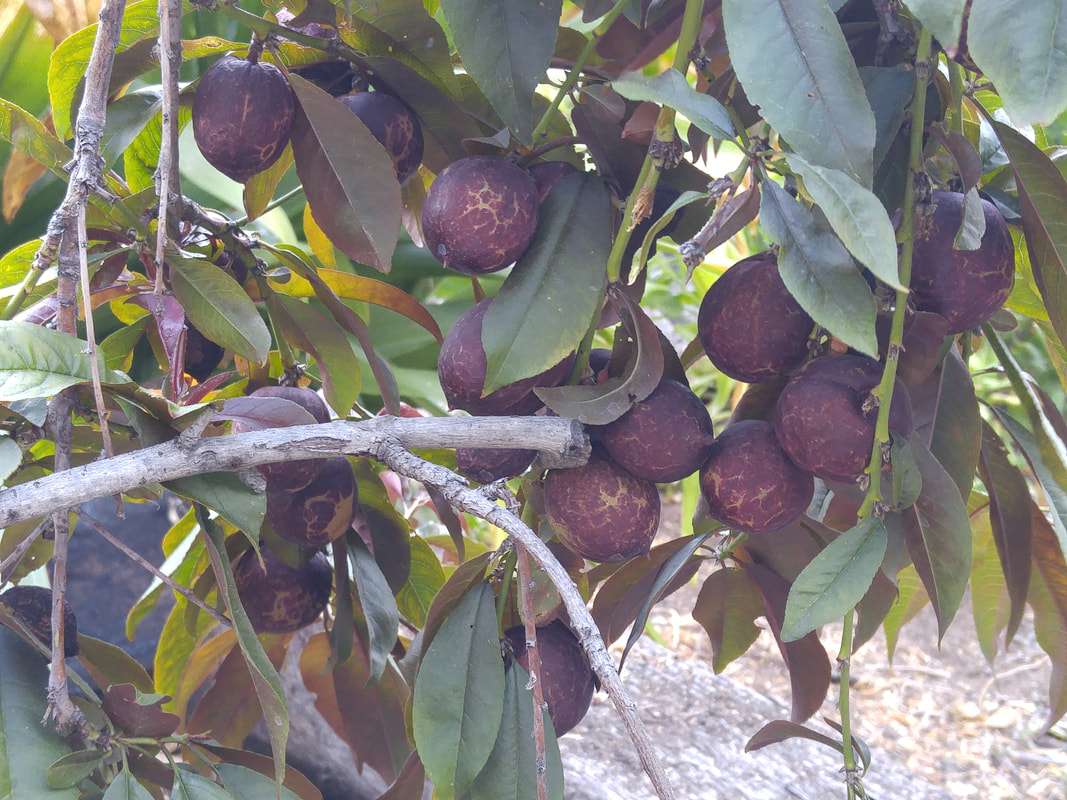
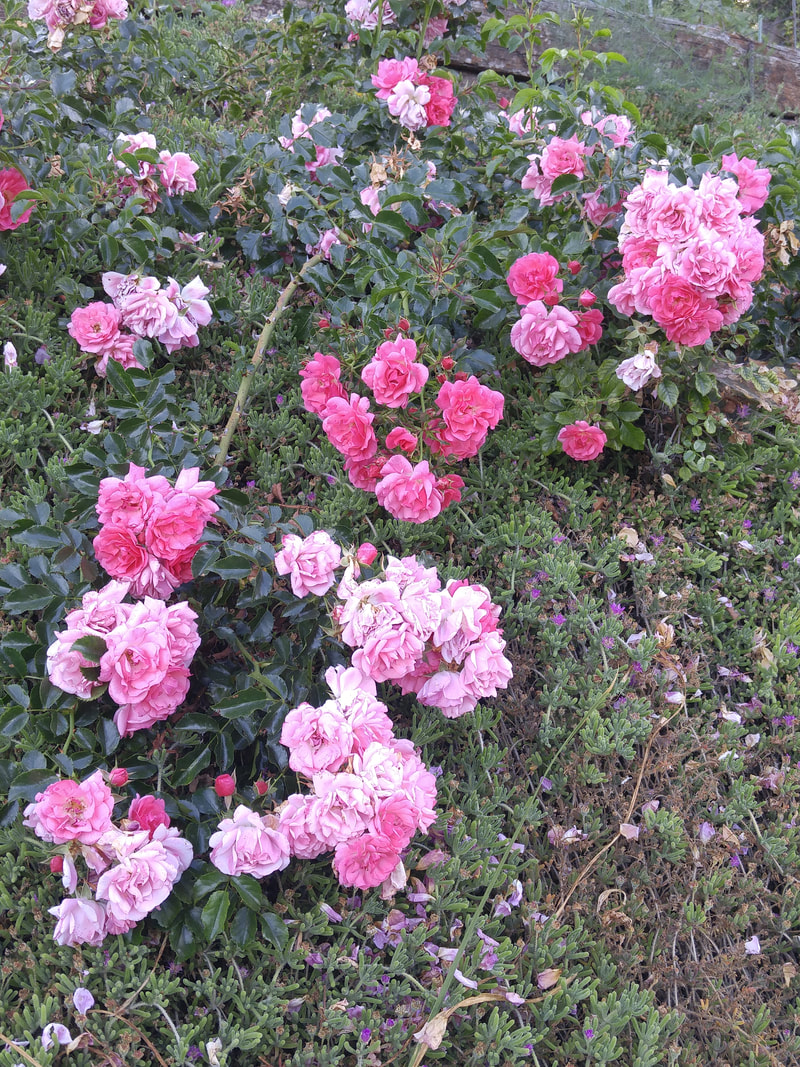
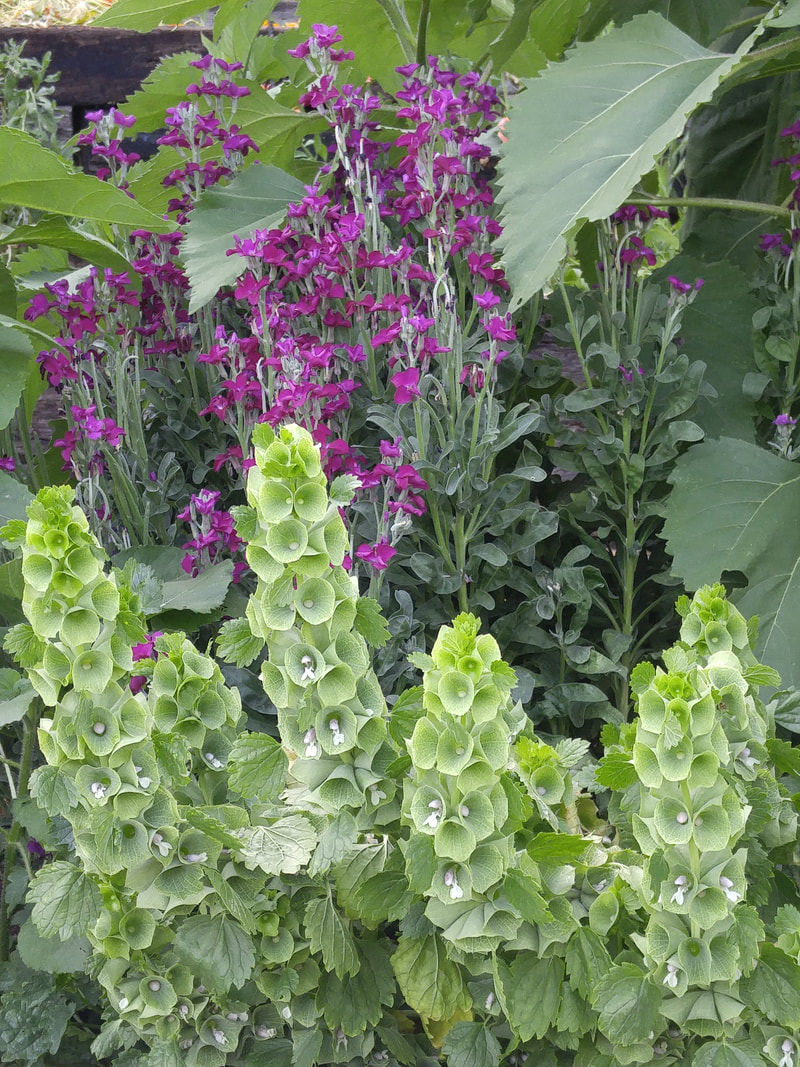
 RSS Feed
RSS Feed